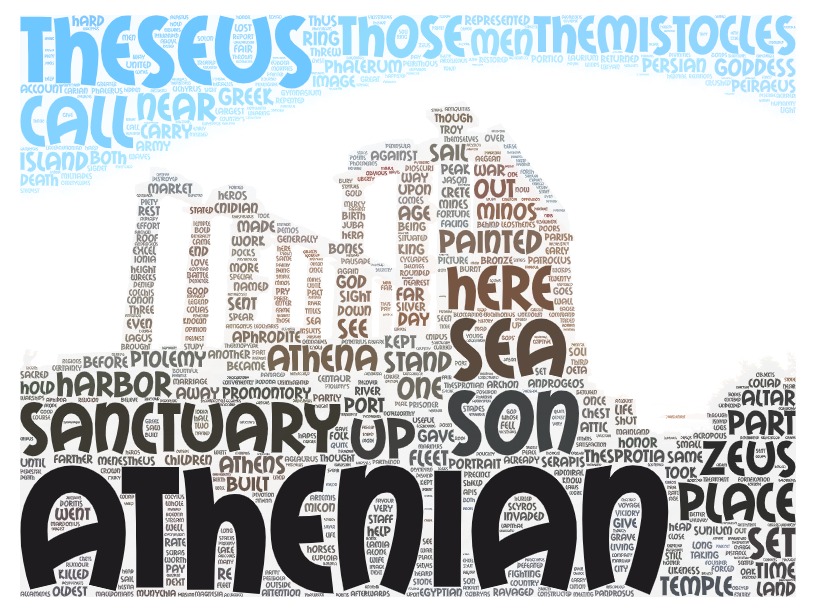Our Book Club selection for January is Pausanias Description of Greece, Book 1.
In this work we possess a plain, unvarnished account by an eye-witness of the state of Greece in the second century of our era. … Pausanias, a contemporary of Hadrian … wrote his description of Greece. He came in time, but just in time. … Again and again he notices shrunken or ruined cities, deserted villages, roofless temples, shrines without images and pedestals without statues, faint vestiges of places that once had a name and played a part in history. … it seems clear that Pausanias intended to describe all the most notable objects and to narrate all the most memorable traditions which he found existing or current in the Greece of his own time.[1]
You can read any translation you like. Here are links to some free online editions:
- A Pausanias Reader, Translation based on the original rendering by W. H. S. Jones, 1918 (Scroll 2 with H.A. Ormerod), containing some of the footnotes of Jones. The translation is edited, with revisions, by Gregory Nagy.
This version not only incorporates revisions, but also tracks Greek terms that are important and significant in Pausanias’ text, particularly features and ritual terminology.
Other translations:
- Original translation by W.H.S. Jones, at archive.org (available to read online or to download, but without the revisions and Greek terminology). Also online at Fordham University (the translator isn’t noted, but it appears to be identical).
- Translation by Arthur Richard Shilleto, at archive.org (available to read online or to download)
- Translation by J.G. Frazer, at archive.org (available to read online or to download).
Supplementary reading:
- A Pausanias Commentary in Progress, keyed to the Greek text.
Discussion will start and continue in the Forum, and we will meet via Zoom on Tuesday, January 25, at 11 a.m. EST.
Happy readings!
Notes
[1] Frazer, James George, “Introduction” to his translation, 1898.
